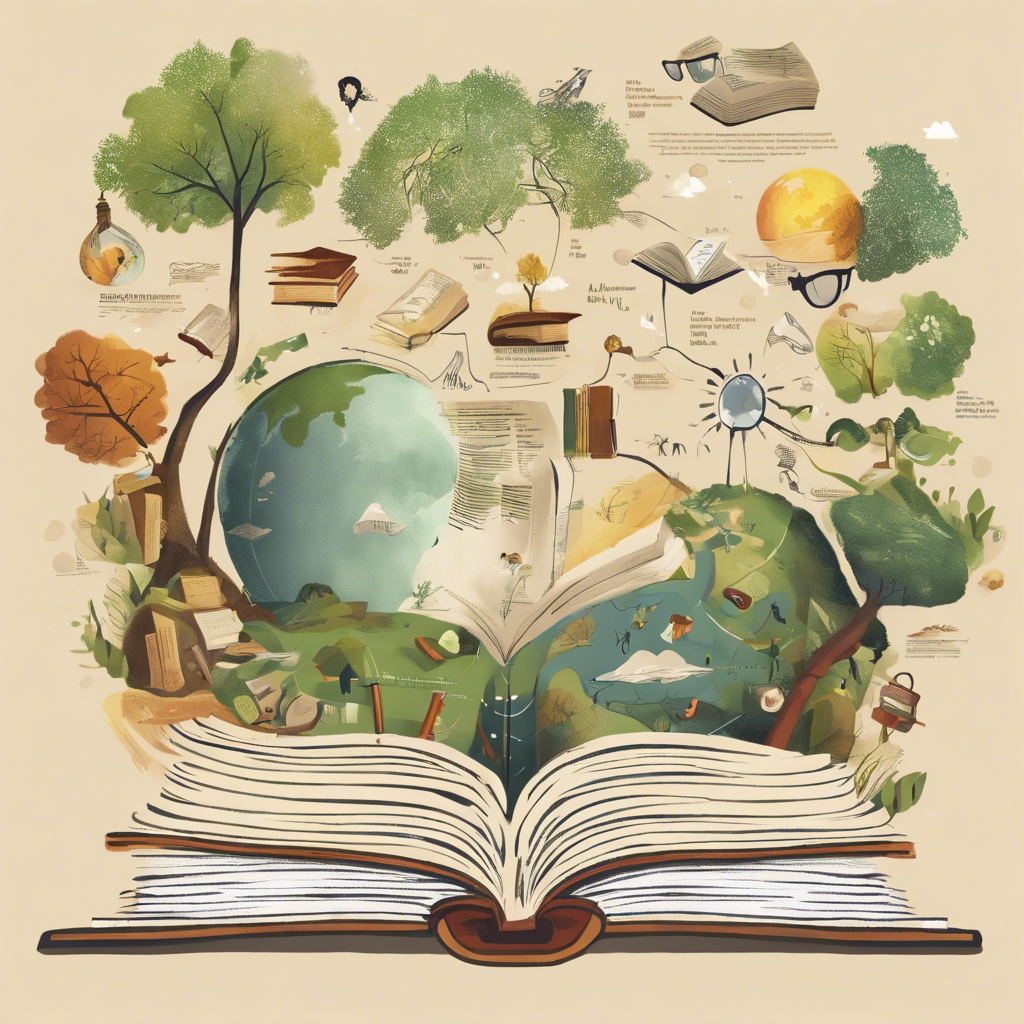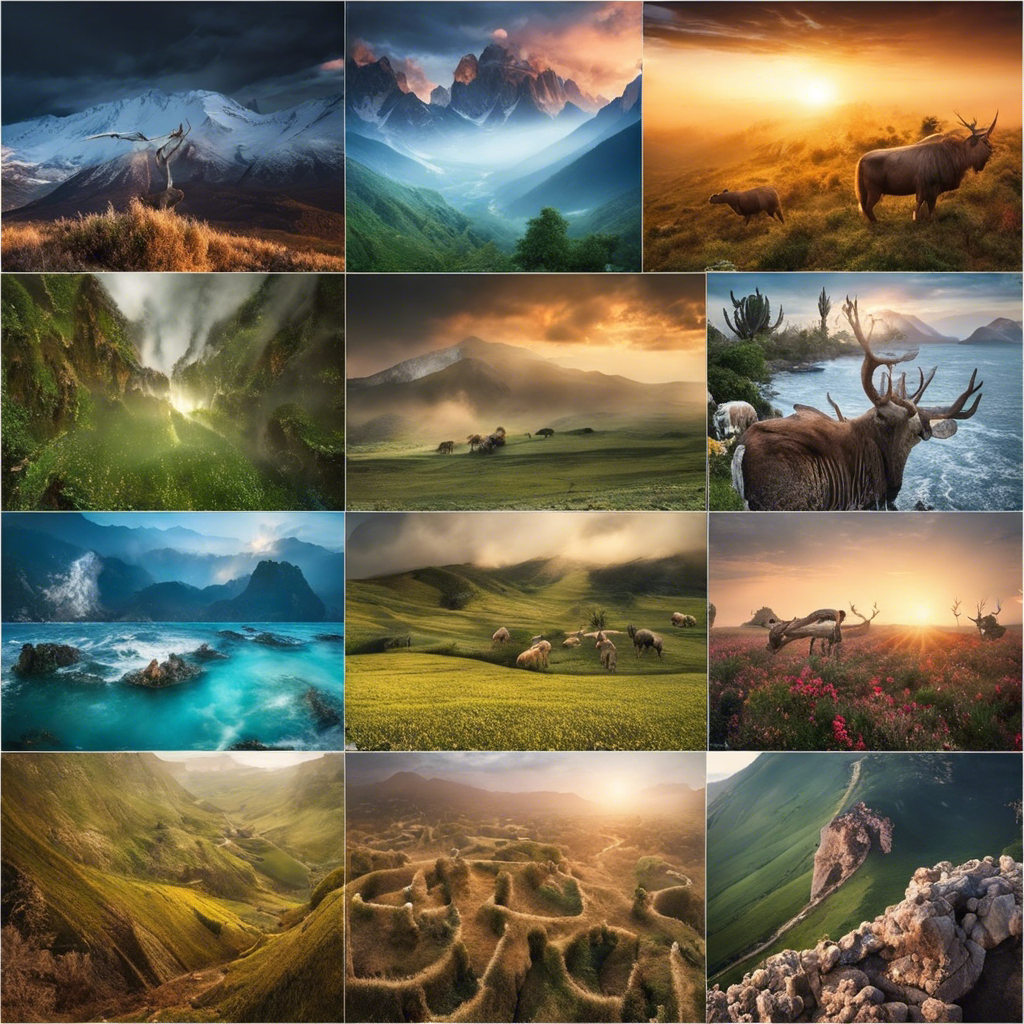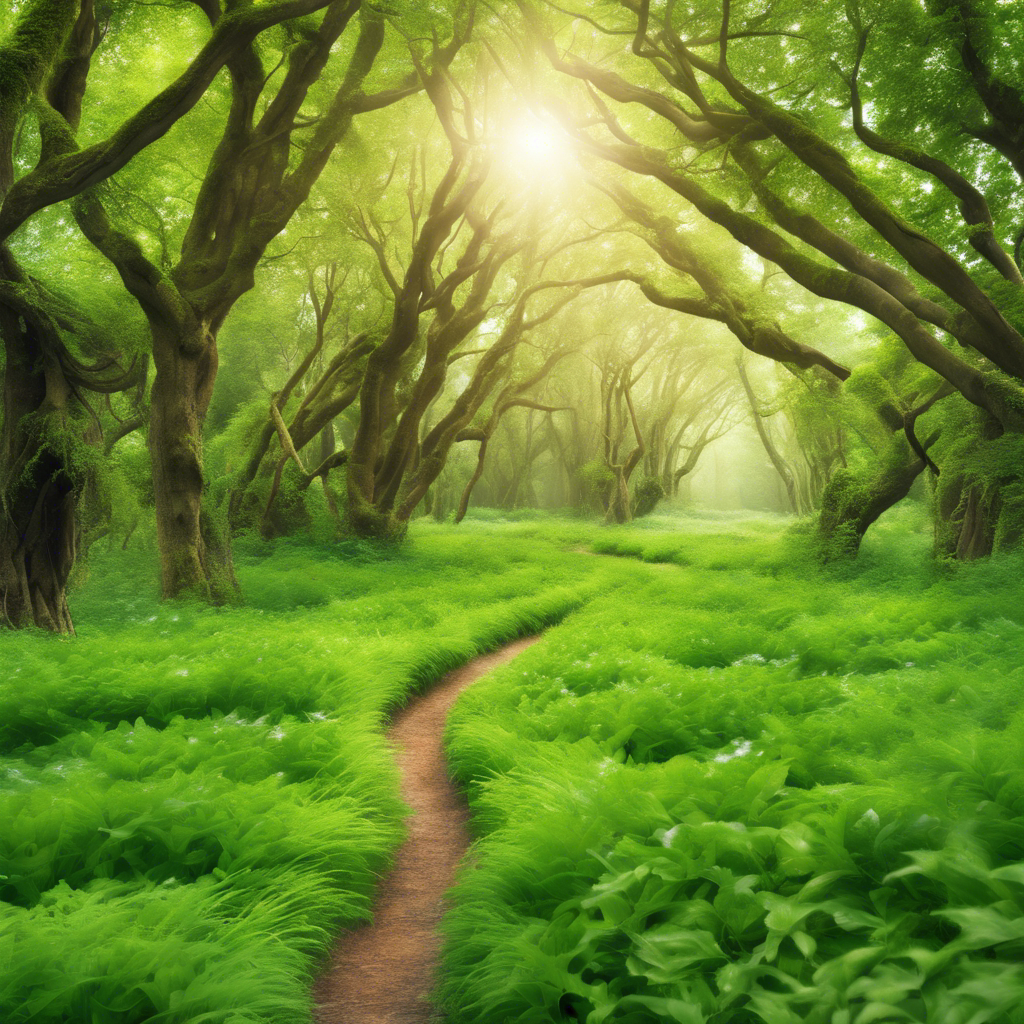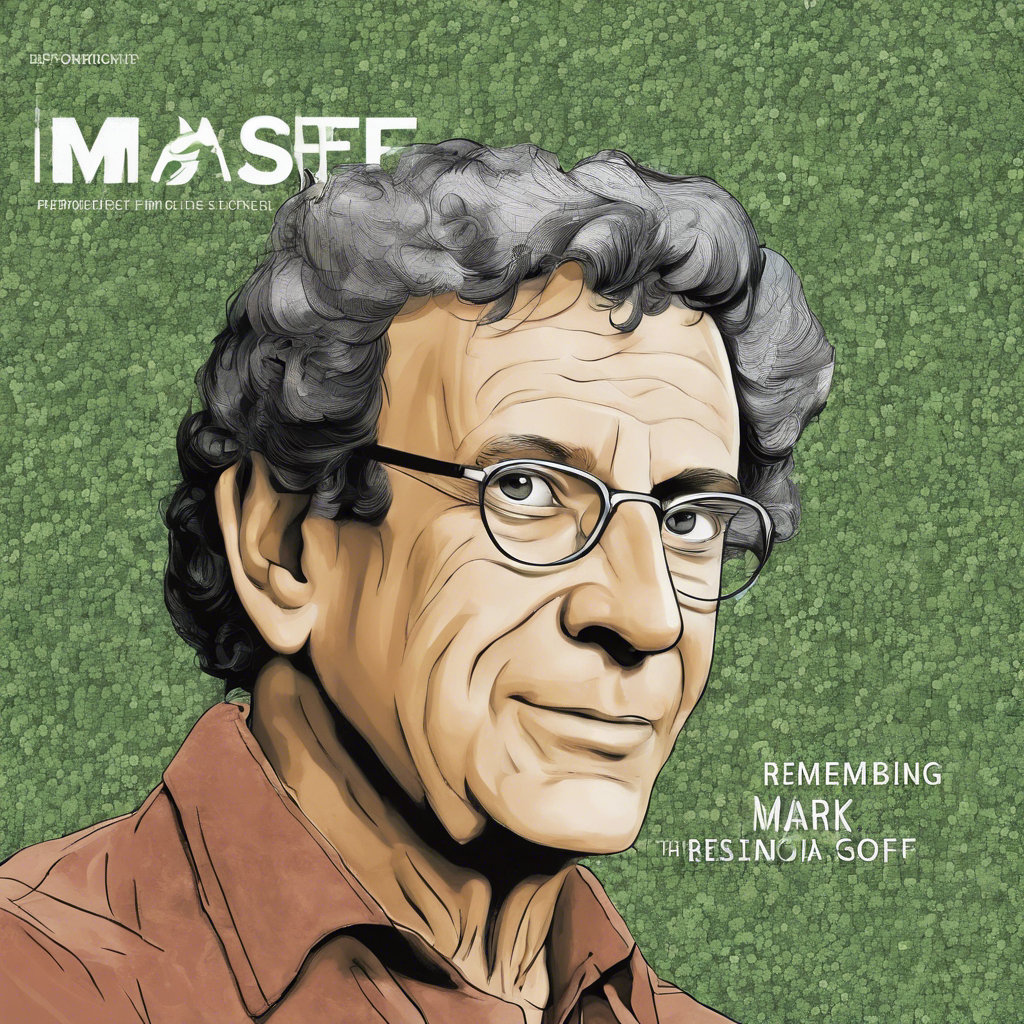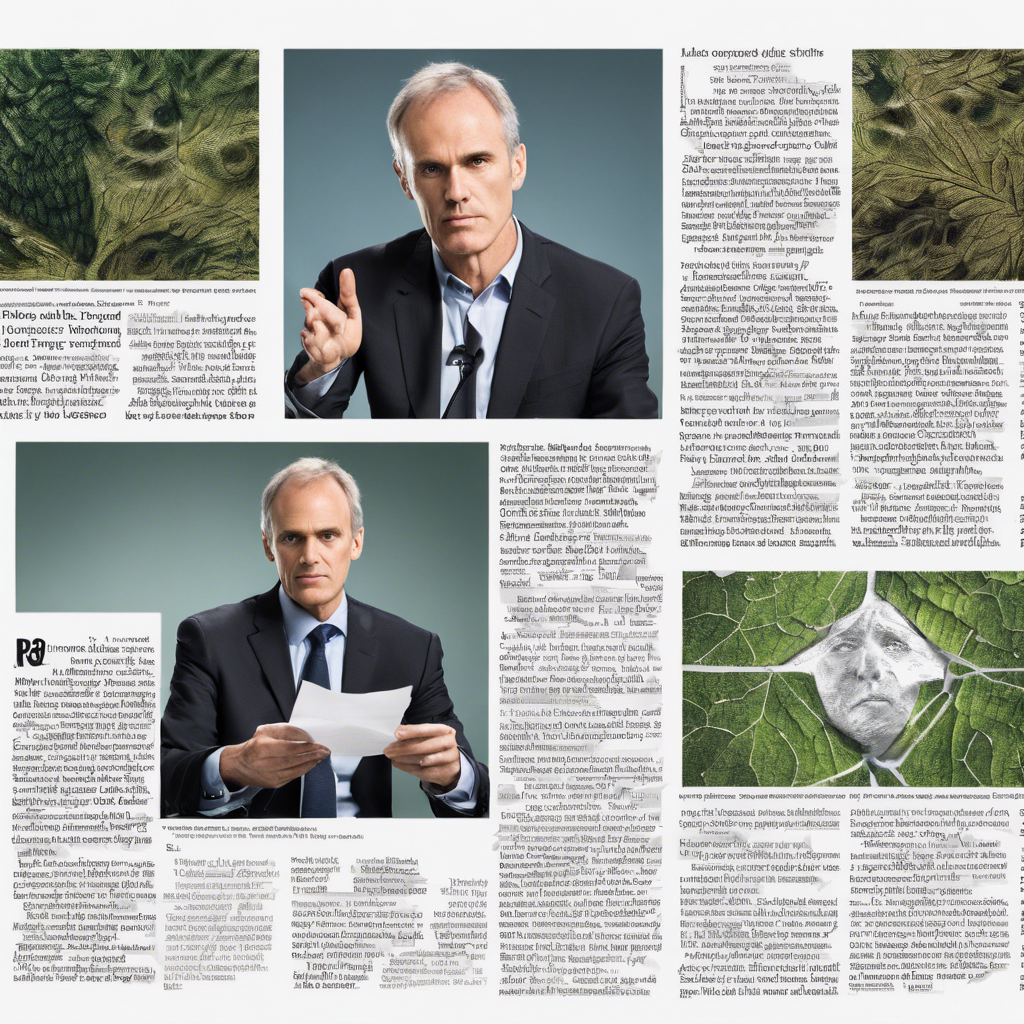In an increasingly urbanized world, it is easy to feel disconnected from nature. However, literature has the power to bridge this gap, allowing readers to immerse themselves in the beauty and complexity of the natural world. From personal memoirs to investigative accounts, these seven books serve as conduits between readers and the Earth, reminding us of the intricate relationship between nature and our own lives.
Mill Town: Reckoning With What Remains, by Kerri Arsenault
A Haunting Account of Industry and Environmental Devastation
Kerri Arsenault takes readers on a journey through her hometown of Mexico, Maine, in “Mill Town.” This rural community has a complicated history with a paper mill that both sustained and devastated its citizens, water, and land. Arsenault’s personal connection to the town, coupled with meticulous reporting, paints a vivid picture of the environmental challenges faced by communities across the country.
Nine Ways to Cross a River, by Akiko Busch
Immersion in Nature as a Path to Renewal
Akiko Busch embarks on a transformative journey in “Nine Ways to Cross a River.” Starting with a swim across the Hudson River, Busch explores the ebb and flow of various American rivers, delving into their histories, environmental challenges, and the communities that depend on them. Through her immersive storytelling, Busch highlights the potential for renewal and hope in even the most degraded environments.
The Home Place: Memoirs of a Colored Man’s Love Affair With Nature, by J. Drew Lanham
Identity, Race, and Birding as a Path to Belonging
J. Drew Lanham’s “The Home Place” intertwines his personal history with his love for nature and birding. Growing up in Edgefield County, South Carolina, Lanham explores the complexities of race and identity while finding solace and connection in the natural world. His memoir invites readers to embrace their own relationship with nature and challenges the notion that environmentalism is a homogeneous pursuit.
Toxic, by Susanne Antonetta
Unveiling the Environmental Toll on Southern New Jersey
Susanne Antonetta’s “Body Toxic” uncovers the environmental impact on her girlhood home in southern New Jersey. Through a blend of personal history, scientific research, and cultural analysis, Antonetta reveals the interplay between industrialization, pollution, and the physical and mental health of the community. Her poignant storytelling sheds light on the long-lasting effects of environmental degradation.
Refuge: An Unnatural History of Family and Place, by Terry Tempest Williams
A Personal and Political Exploration of Loss and Resistance
Terry Tempest Williams weaves together personal and environmental narratives in “Refuge.” Set in Utah’s Great Salt Lake region, Williams reflects on her family’s connection to the land, the impact of atomic testing, and the importance of conservation. Through her lyrical prose, Williams inspires readers to find strength and hope in the face of environmental challenges.
Ecology of a Cracker Childhood, by Janisse Ray
Finding Beauty and Resilience in the Margins
Janisse Ray’s “Ecology of a Cracker Childhood” is a celebration of the often-overlooked landscapes of southeast Georgia. Growing up poor in her father’s junkyard, Ray discovers solace and wonder in the surrounding longleaf woodlands. Her memoir is a testament to the resilience of both nature and the human spirit, offering a powerful reminder of the beauty that can be found in unexpected places.
The Day the Earth Caved In: An American Mining Tragedy, by Joan Quigley
Unearthing the Devastating Consequences of a Mine Fire
Joan Quigley delves into the tragic story of Centralia, Pennsylvania, in “The Day the Earth Caved In.” This gripping account explores the origins and ongoing impact of a mine fire that has been burning for decades. Quigley uncovers the complex web of factors that allowed the disaster to unfold, shedding light on the human cost of living with an environmental threat that cannot be extinguished.
Conclusion:
Through these seven books, readers can embark on a journey of discovery, connecting with the natural world and understanding the urgent need for environmental stewardship. From personal memoirs to investigative accounts, these authors remind us of the inextricable link between nature and our own lives. By immersing ourselves in these narratives, we can gain a deeper appreciation for the Earth and find inspiration to protect and preserve it for future generations.







